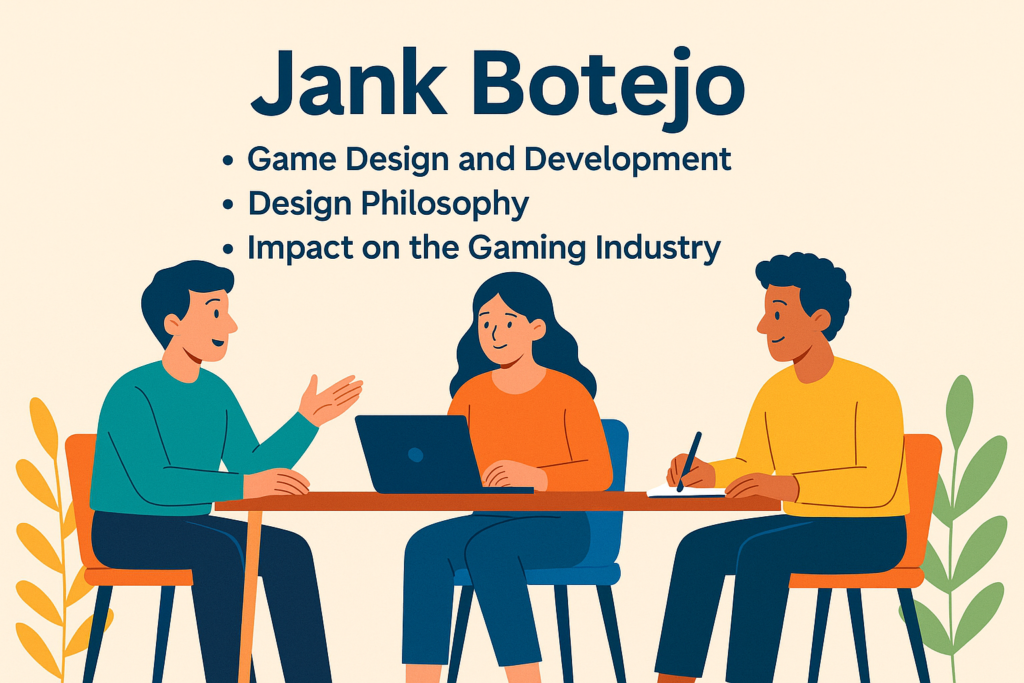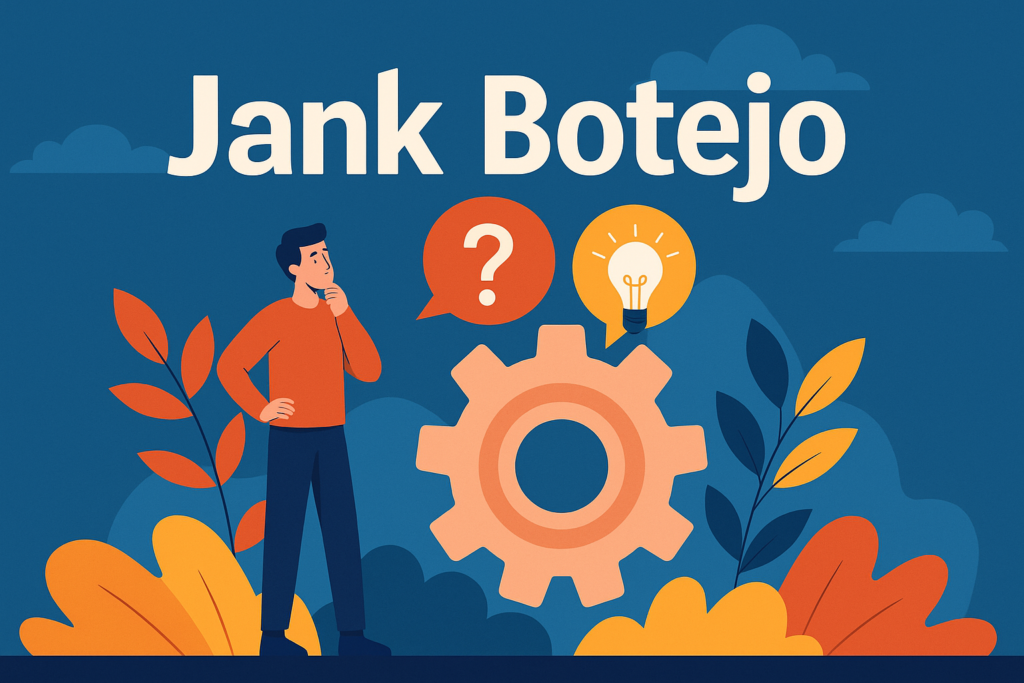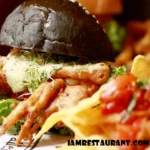Jank Botejo is a cultural expression deeply rooted in community life, tradition, and storytelling. It represents more than just an event; it is a reflection of shared values and generational wisdom that continues to inspire people today.
Across different regions, Jank Botejo has evolved to include music, art, and community gatherings. Its vibrant celebrations are seen as a bridge connecting past traditions with modern expressions, making Jank Botejo a living piece of cultural identity.
Today, Jank Botejo is being rediscovered by new generations who are passionate about preserving their heritage. Through colorful festivals, digital media, and creative arts, the true spirit of Jank Botejo continues to grow and reach wider audiences.
The Historical Significance of Jank Botejo
Jank Botejo is a unique cultural concept or practice that has intrigued many people, especially those with a passion for folk traditions and forgotten customs. Although not widely recognized across the globe, it carries significant meaning for the communities where it originated or is still honored.
The origins of Jank Botejo may be deeply rooted in ancient rituals or local belief systems. Historians and elders believe that it might have been a part of daily life for people in a specific region, possibly linked to farming, nature, or spiritual reflection.
What makes Jank Botejo historically important is not just how old it is, but how it has survived in memory. While the world has moved on with new technology and modern ways of living, some people still respect and value the old customs like Jank Botejo.
In those days, traditions were not written down but passed through generations by stories, songs, and practice. It serves as a bridge between the past and the present, showing how values, respect for ancestors, and connection to land once shaped daily life.
Cultural Practices Surrounding Jank Botejo
Jank Botejo is more than just a name—it’s a way of celebrating life, remembering roots, and coming together as a community. In the places where it’s known, you might find it linked to seasonal festivals, spiritual gatherings, or cultural rituals. These events bring people together to sing, dance, cook, and remember what their ancestors practiced.
For example, some communities might celebrate Jank Botejo at the beginning of harvest season. They might believe that giving thanks to nature and spirits will bring blessings.
People may wear traditional clothing, perform special songs or chants, and prepare food that is only made during this time of year.
Children are often taught to take part from a young age, learning the meanings behind certain gestures, objects, or symbols used in these practices.
Through these experiences, Jank Botejo becomes a living tradition—not just a story from the past but something that shapes present-day community life.
Geographical Roots and Spread of Jank Botejo
The exact location where Jank Botejo first began is still unclear, but many believe it came from a small rural or tribal area where nature and spiritual life played a central role. These kinds of regions often have rich oral traditions and unique customs that are passed down over generations.
As people from these communities moved to new places—either for work, marriage, or migration—they took their traditions with them. That’s how Jank Botejo began to spread.
Today, it might still be strong in certain towns or villages, while in others, it survives only in memories, family stories, or occasional celebrations.
This spread also led to small changes. In one place, Jank Botejo might focus on dance, while in another, storytelling or crafts might be more important. However, all versions share a common goal: to protect cultural identity and connect people to their roots.
Jank Botejo in Modern Media and Literature
Even though Jank Botejo started as a traditional practice, it’s slowly gaining attention in modern forms of expression. Artists, poets, and musicians are exploring its themes in their work—often using it as a symbol of identity, memory, and pride.
For example, poets might write about Jank Botejo to describe a lost home, a forgotten language, or a fading way of life.
Painters might include its symbols in artwork to connect their audience to deeper meanings. Young people are also using platforms like YouTube, Instagram, and TikTok to talk about or visually represent Jank Botejo in creative ways.
This digital presence is helping the tradition survive in new forms. Instead of only being practiced during festivals, it’s now part of conversations about culture, heritage, and self-expression. In this way, Jank Botejo is not fading—it’s transforming.
Rituals and Symbolism Beyond Jank Botejo
Many traditions carry deep symbolic meaning, and Jank Botejo is no exception. Its rituals are often filled with gestures, songs, or objects that represent life, death, renewal, or gratitude.
For example, lighting a small lamp might represent welcoming light and wisdom. A specific plant might be used to symbolize healing or peace.
Even the timing of Jank Botejo practices may have a purpose. If it’s held during a certain moon cycle or season, it could be because people believed that was the best time to honor nature or ask for blessings.
Understanding these symbols helps people connect more deeply with the practice. It also shows that Jank Botejo was not just for celebration—it was a meaningful guide for how to live with respect, balance, and care for others.
Key Figures and Communities Linked to Jank Botejo
Traditions don’t survive without the people who protect them. In the story of Jank Botejo, local leaders, elders, storytellers, and artists have all played a role in keeping the spirit alive. These individuals often carry wisdom passed down from their parents or grandparents.
Some families may be known for leading Jank Botejo celebrations every year. Others might be experts in singing the traditional songs or creating the ritual objects used in ceremonies. Their dedication helps preserve the tradition in a world where many old practices are being forgotten.
There are also entire communities that take pride in JankBotejo. They might run cultural centers, teach children about their history, or invite others to participate in their traditions. These groups are vital to keeping JankBotejo alive and strong.
Artistic Representations and Expressions
Art is one of the most powerful ways to tell a story—and Jank Botejo has inspired many creative works over time. From embroidery and pottery to music and theater, artists have used their talents to celebrate the values and beauty of this tradition.
In some places, you might find paintings of Jank Botejo scenes in homes or schools. Musicians might compose songs that tell old stories or express feelings linked to the tradition. Some craftspeople may even use traditional designs or symbols connected to JankBotejo in their work.
These artistic expressions make the tradition feel alive. They also help reach people who may not know about Jank Botejo, introducing them to its meaning in a beautiful and creative way.
Social Dynamics and Local Beliefs
Jank Botejo also plays a role in shaping how people relate to each other. Within a community, it may influence roles in the family, who leads rituals, and how people show respect to elders. It may also teach values such as sharing, forgiveness, or honoring the earth.
Local beliefs—such as stories of spirits, nature gods, or ancient ancestors—are often connected to the practice.
These beliefs give people a sense of order and purpose. Even if they don’t fully understand every part of the ritual, participating helps them feel part of something bigger than themselves.
Comparing Jank Botejo with Similar Traditions
Around the world, many cultures have customs that serve similar purposes to Jank Botejo—such as marking a new season, giving thanks to nature, or honoring ancestors.
By comparing JankBotejo to these traditions, we can better appreciate its uniqueness. For instance, in some countries, there are harvest festivals with dances and food that mirror JankBotejo celebrations.
Other cultures have days for honoring the dead, where people light candles or decorate graves. These comparisons show how humans across the world share common values, even if they express them in different ways.
The Future and Evolving Narratives of Jank Botejo
As the world changes, so do traditions. Some people worry that Jank Botejo might disappear, especially as young people move to cities or lose interest in old customs. But there is also hope.
Many young artists, teachers, and cultural groups are working hard to keep Jank Botejo alive. They’re finding new ways to teach it in schools, celebrate it on social media, or connect it to modern causes like environmental awareness and cultural pride.
The future of JankBotejo may not look exactly like its past—but that’s okay. Traditions grow, and JankBotejo will continue to evolve as long as people care about its meaning and continue to share its story.
Conclusion
Jank Botejo stands as a powerful reflection of cultural identity, deeply rooted in tradition, history, and community values. Although not widely known outside its region, it holds deep meaning for those who practice it and serves as a reminder of the strength found in preserving one’s roots.
Through rituals, storytelling, art, and celebration, JankBotejo continues to connect people across generations. It brings communities together and fosters a sense of belonging, respect, and continuity—especially in times when cultural practices are at risk of fading.
As modern tools like social media and digital art evolve, they’re offering new platforms to keep JankBotejo alive. Young people are playing a crucial role in blending traditional elements with modern expression, ensuring that the essence of the tradition is not lost.
In the end, JankBotejo is more than a custom—it’s a symbol of resilience, creativity, and shared memory. Its journey through time proves that when culture is valued and nurtured, it can thrive in both old and new forms.
Also Read:
janell kochevar with element 3: Where Marketing Meets Mission-Driven Communication
Tiwzozmix458 for Businesses: Streamlining E-commerce and Data Flowv
That-bites.org foodies: A Delicious Destination for Culinary Enthusiasts
Greece Katz Martian: Culture, Art, and Unexplained Visions
Quotela.net: A Modern Destination for Daily Inspiration, Quotes, and Lifestyle Trends
#mobilecreativeorg: The Rise of Mobile-First Creativity Worldwide












